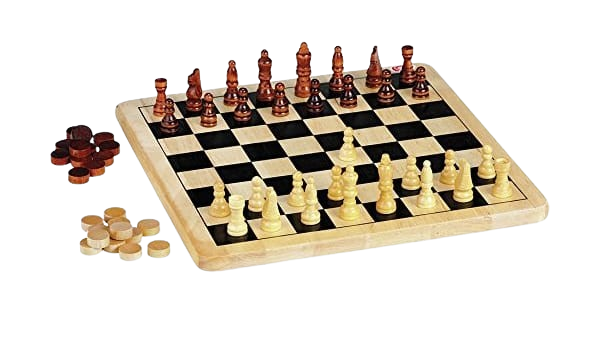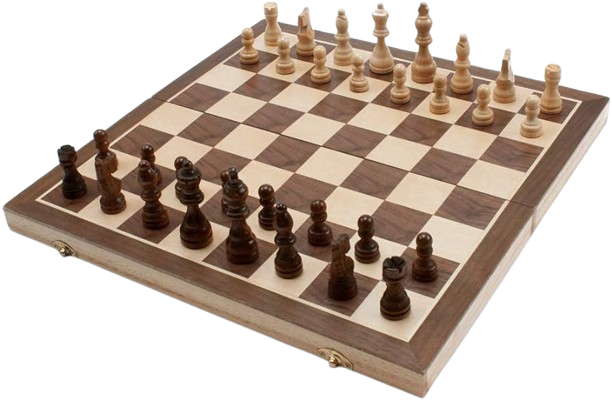Chess Board and Pieces
The chessboard consists of 64 squares arranged in an alternating color pattern, typically light and dark. Each player starts with the following pieces:
– **1 King**: The most important piece; the game ends if a king is checkmated.
– **1 Queen**: The most powerful piece, able to move any number of squares in any direction.
– **2 Rooks**: Move vertically or horizontally any number of squares.
– **2 Bishops**: Move diagonally any number of squares; each bishop starts on a different color.
– **2 Knights**: Move in an L-shape (two squares in one direction and one square perpendicular). Knights can jump over other pieces.
– **8 Pawns**: Move forward one square but capture diagonally. On their first move, pawns can advance two squares. If a pawn reaches the opponent’s back rank, it can be promoted to any other piece (usually a queen).
Basic Rules of Play
1. **Setting Up**: Each player sets their pieces on the two rows closest to them, with the rooks in the corners, knights next to them, bishops beside knights, the queen on her color, and the king on the remaining square.
2. **Turn-Based Moves**: Players alternate turns, with White moving first. Each type of piece has specific movement rules.
3. **Capturing**: A player captures an opponent’s piece by moving one of their own pieces onto the square occupied by the opponent’s piece, removing it from the board.
4. **Check and Checkmate**: If a king is under threat of capture, it is in check. The player must make a move to remove the threat. If there are no legal moves to escape the threat, the king is checkmated, and the game ends.
5. **Draws**: A game can end in a draw under various conditions, such as insufficient material to checkmate, stalemate (where a player has no legal moves but is not in check), or mutual agreement between players.
Strategy and Tactics
– **Opening Principles**: Players often start with the same opening principles: control the center of the board, develop pieces (move them to effective squares), and ensure the safety of the king (often through castling).
– **Tactics**: These include forks (attacking two pieces at once), pins (forcing a piece to stay put to protect a more valuable piece behind it), and skewers (forcing a piece to move and exposing a more valuable piece behind it).
– **Endgame**: As pieces are exchanged and the board becomes less crowded, players must focus on promoting pawns and creating passed pawns (pawns that have no opposing pawns blocking their path to promotion).
Chess Variants
There are numerous variants of chess that introduce different rules or pieces, such as:
– **Blitz Chess**: A fast-paced version where players have limited time to make their moves.
– **Chess960 (Fischer Random Chess)**: The starting positions of the pieces are randomized, making it harder to rely on memorized openings.
– **Bughouse**: A team version of chess played on two boards, where captured pieces can be used by teammates.
Conclusion
Chess is a game of deep strategy and tactics, requiring foresight, planning, and adaptability. It is enjoyed worldwide, from casual games in parks to high-stakes tournaments. Whether played for fun or competition, chess offers endless possibilities and challenges for players of all skill levels.









Reviews
There are no reviews yet.